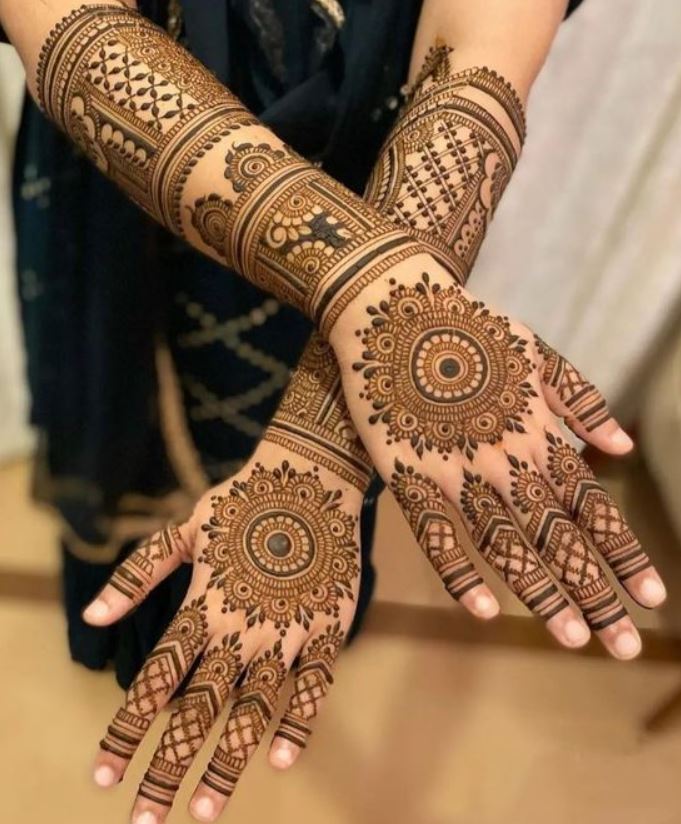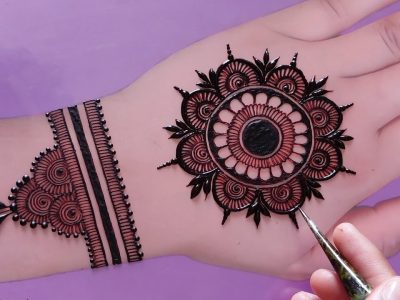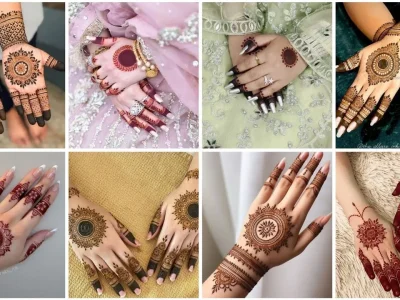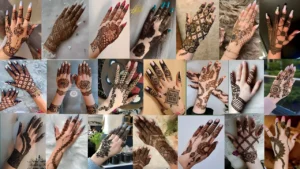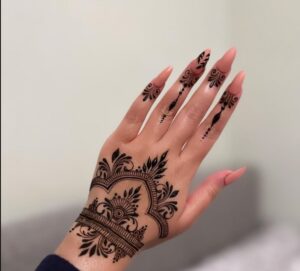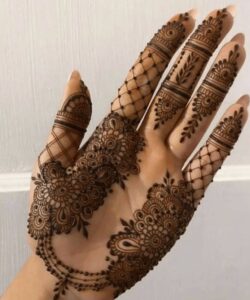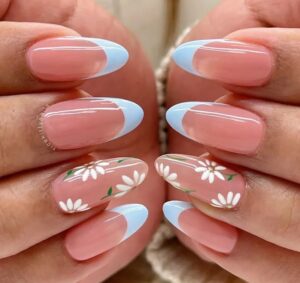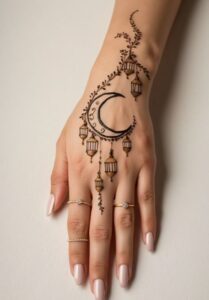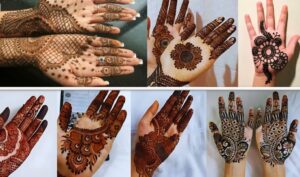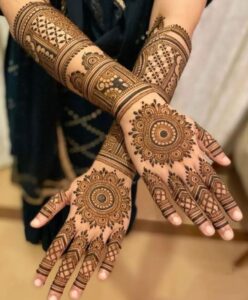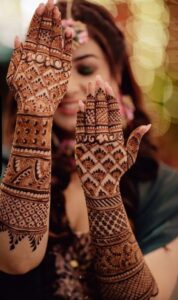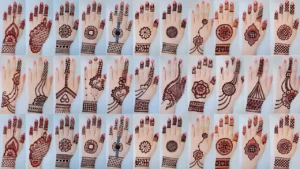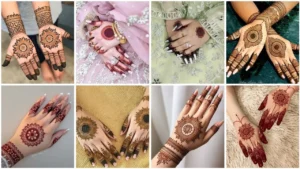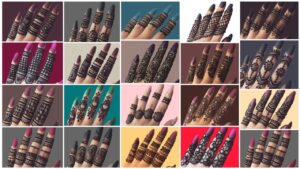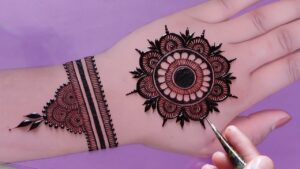For centuries South Asian and Middle Eastern cultures have considered Mehndi as a crucial bridal tradition. The Back Hand Mehndi Design Simple Bridal Mehndi Design stands as a top selection for bridal use among all types of henna designs. Beautiful and sophisticated designs which are applied to brides’ hands express love and symbolize prosperity together with fresher beginnings. Among all Back Hand Mehndi designs which one offers the best appearance? This text discusses multiple design options alongside their meanings and guidelines to pick the best style for wedding ceremonies.

The History and Importance of Mehndi in Bridal Traditions
Origins of Mehndi
The practice of using henna under its various names has existed across multiple cultural traditions for numerous centuries. The earliest available evidence about mehndi exists within ancient Egyptian and Indian documentation because people once used it both for cosmetics and therapeutic applications and sacred practices. Traditional Indian weddings consider mehndi as a sacred tradition that signifies hopeful blessings and the reception of prosperity.
Symbolism of Mehndi in Weddings
The annual mehndi ceremony represents both matrimonial happiness and good fortune as well as the strong bond that ties brides to grooms. The rich color of mehndi brings cultural significance as people believe its darkness indicates powerful romantic love between couples and warm family relationships.
Understanding Back Hand Mehndi Designs
What is a Back Hand Mehndi Design?
A Back Hand Mehndi Design starts with henna patterns painted on the back of the hand and continues extending the motifs towards the fingers and reaches the wrist. The various pattern options of henna designs span from basic flowers to elaborate bridal artwork which works for different special events.
Why is Back Hand Mehndi Design Simple Bridal Mehndi Design Popular Among Brides?
Mehndi designs on the back hand stand out prominently because this region is highly visible during wedding photos and ceremonies.
The well-designed Back Hand Mehndi Design enhances both beauty and elegance in bridal appearance.
Mehndi possesses symbolic power as good luck because marriage traditions believe it will bring fortune and love along with prosperity.
Gallery
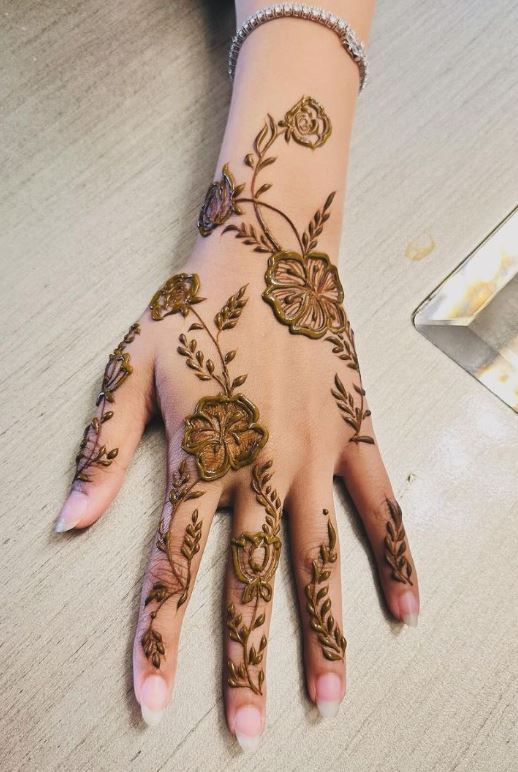
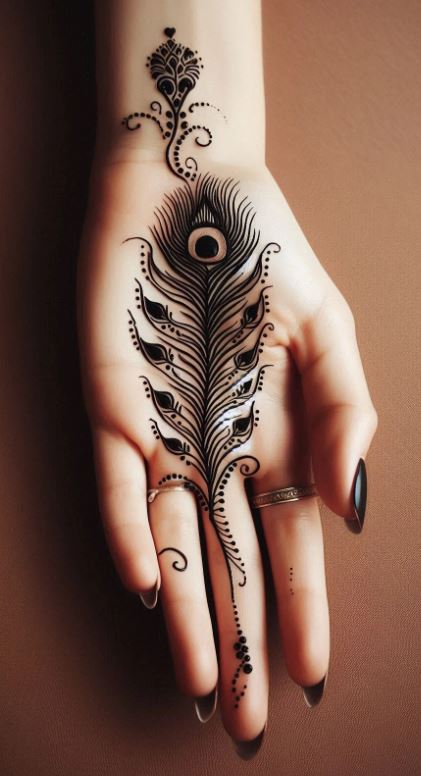
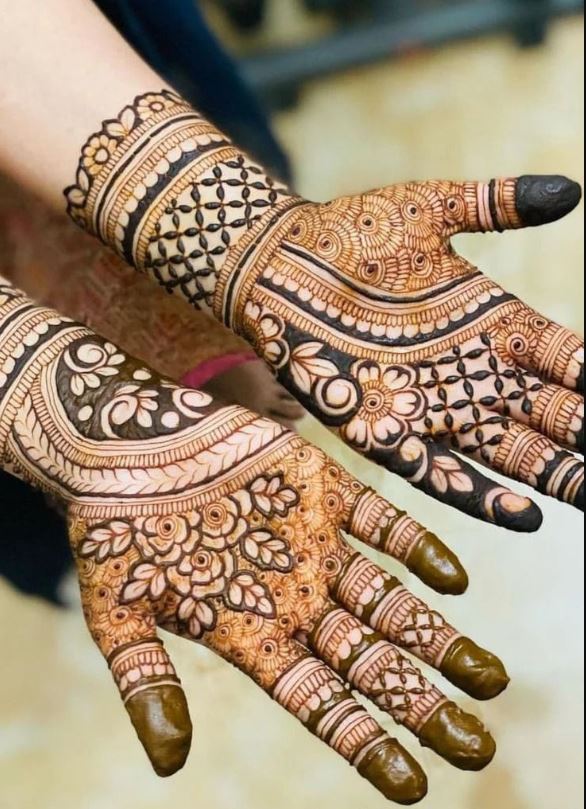
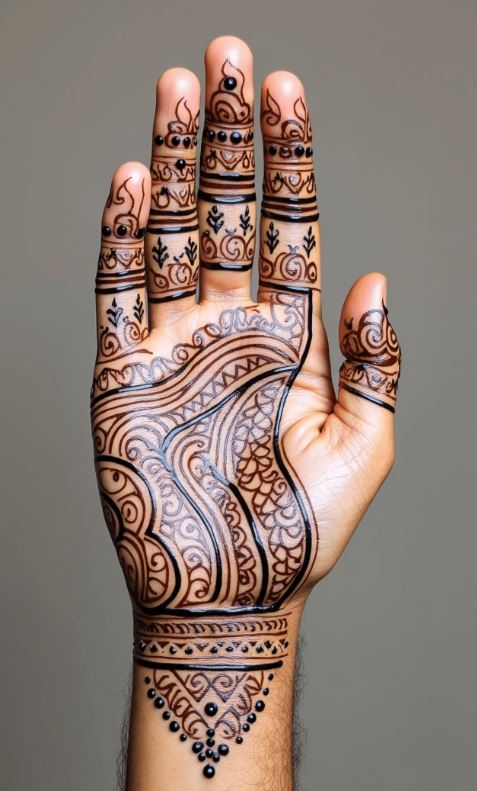
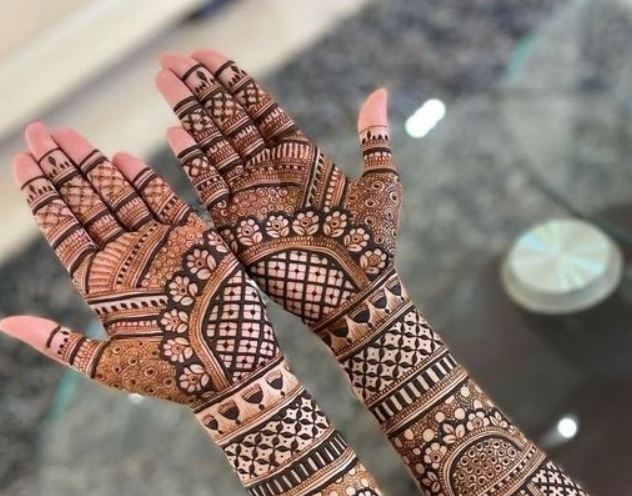
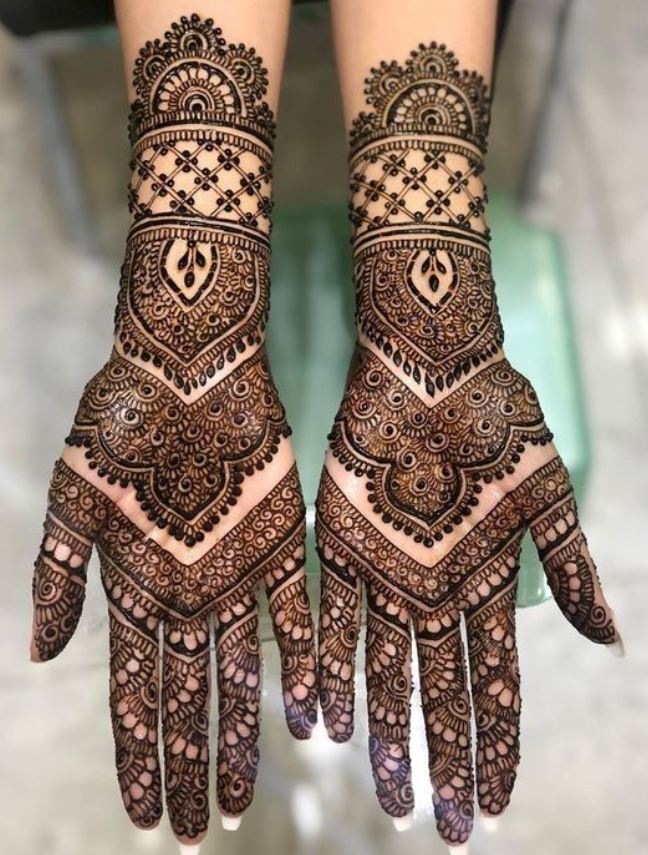



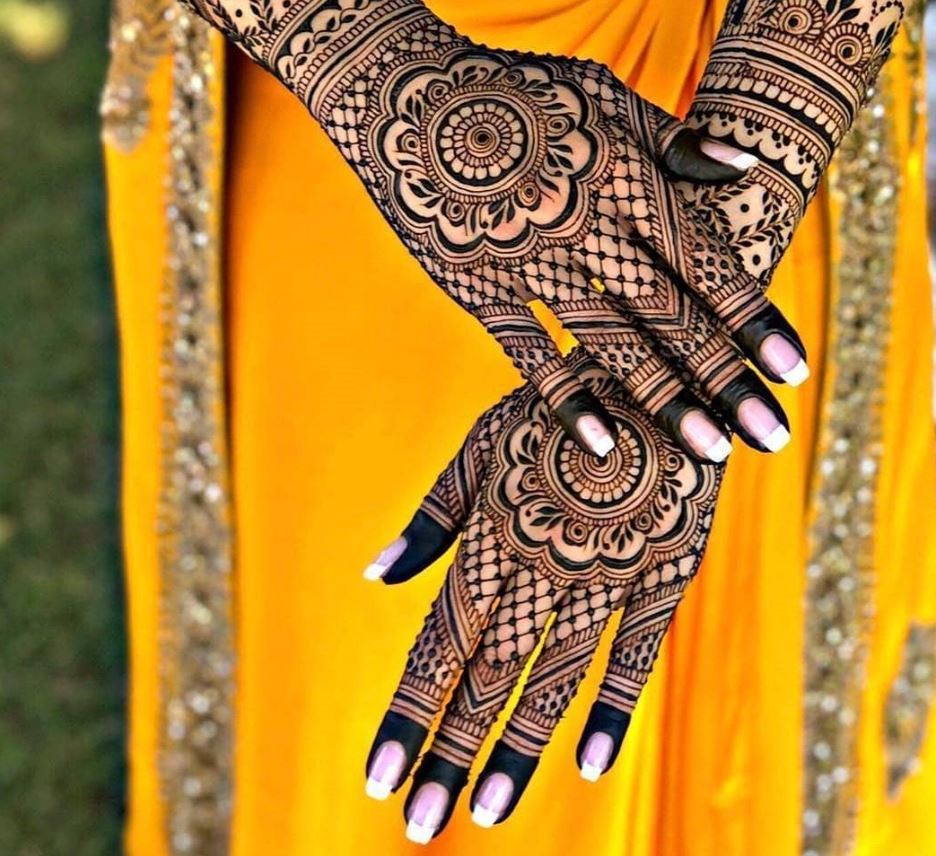
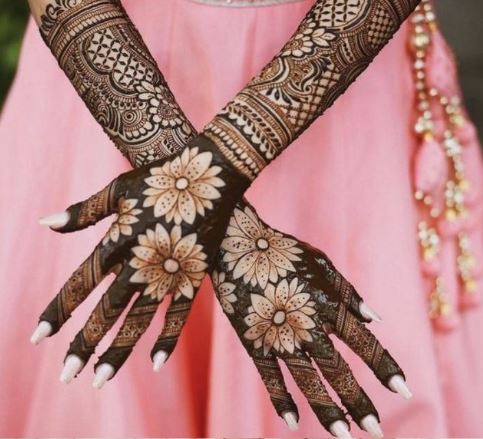
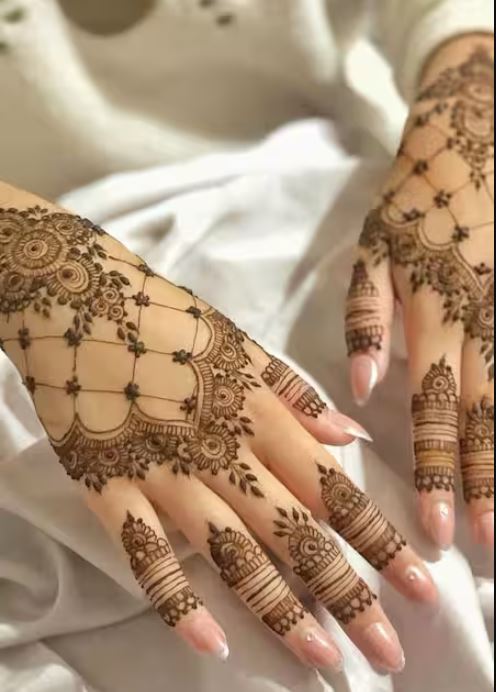

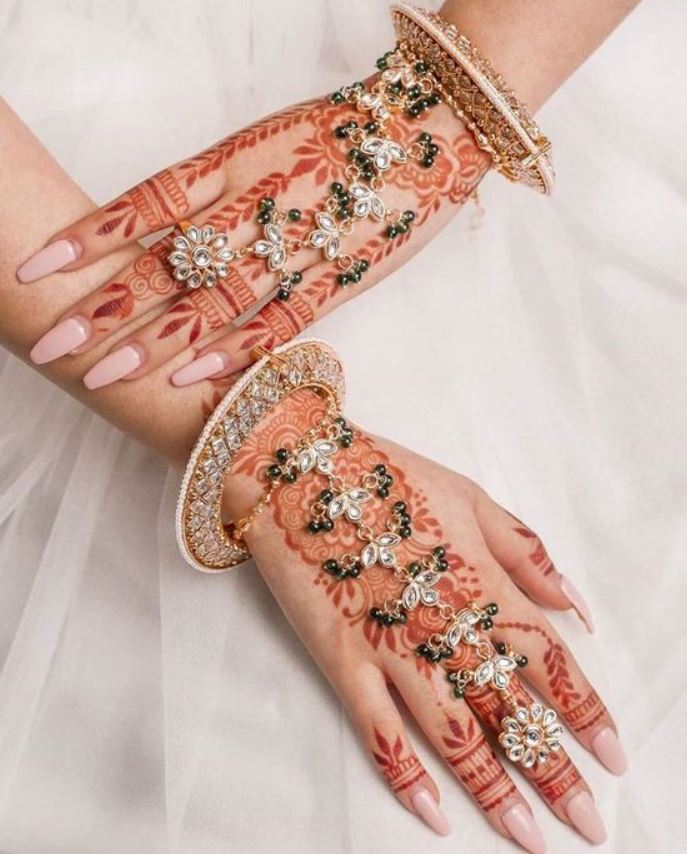

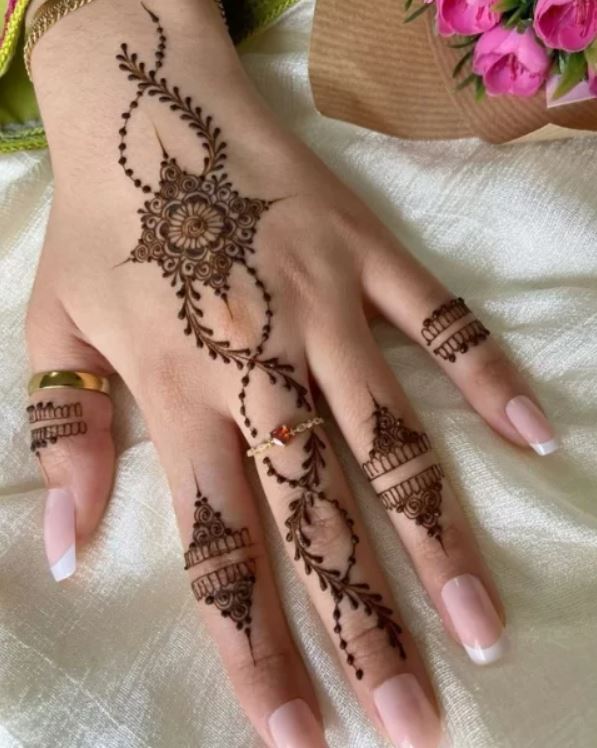
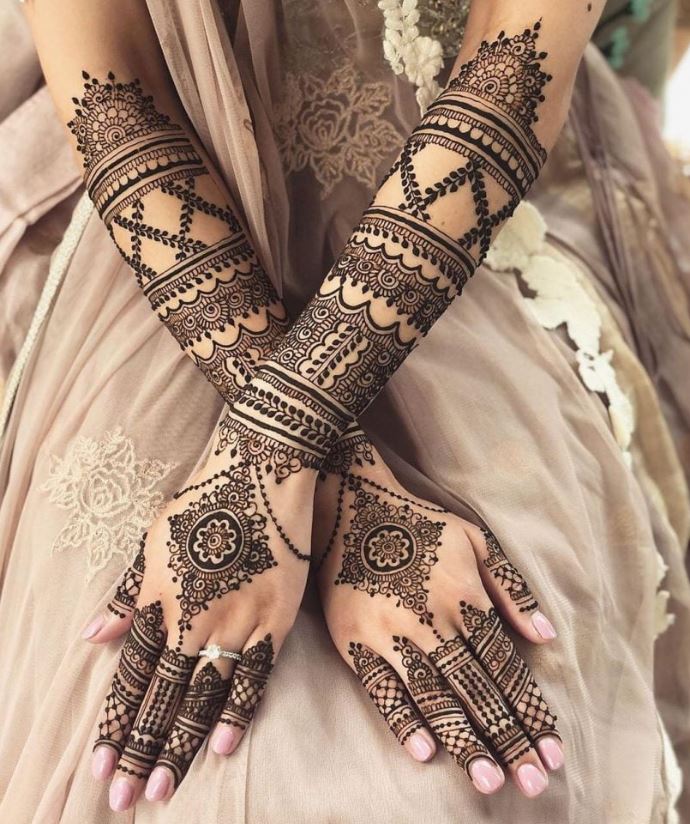
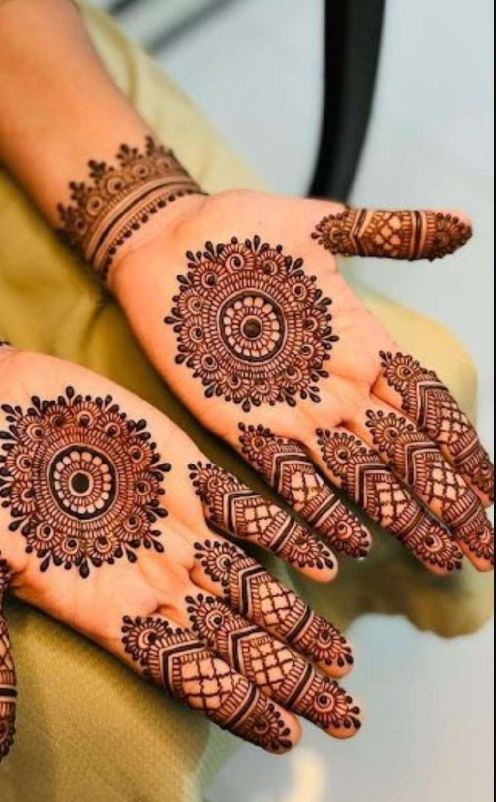
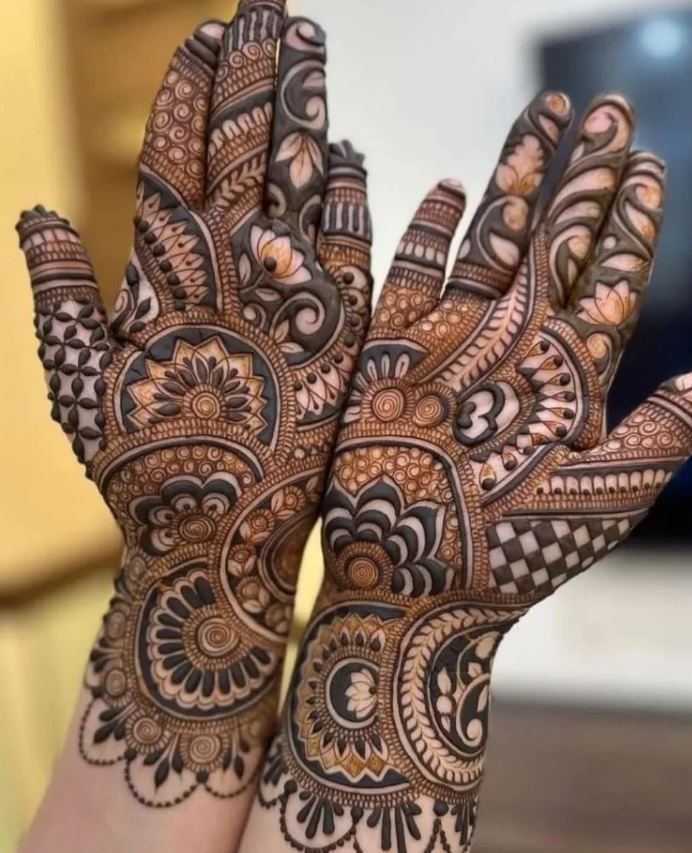
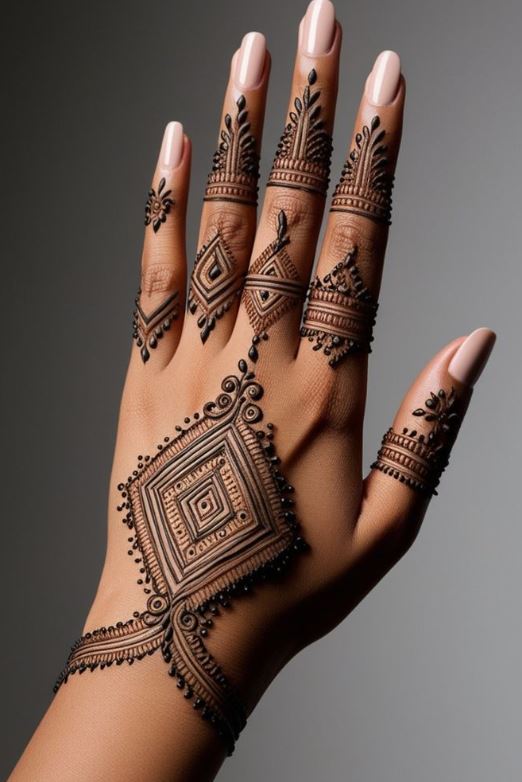

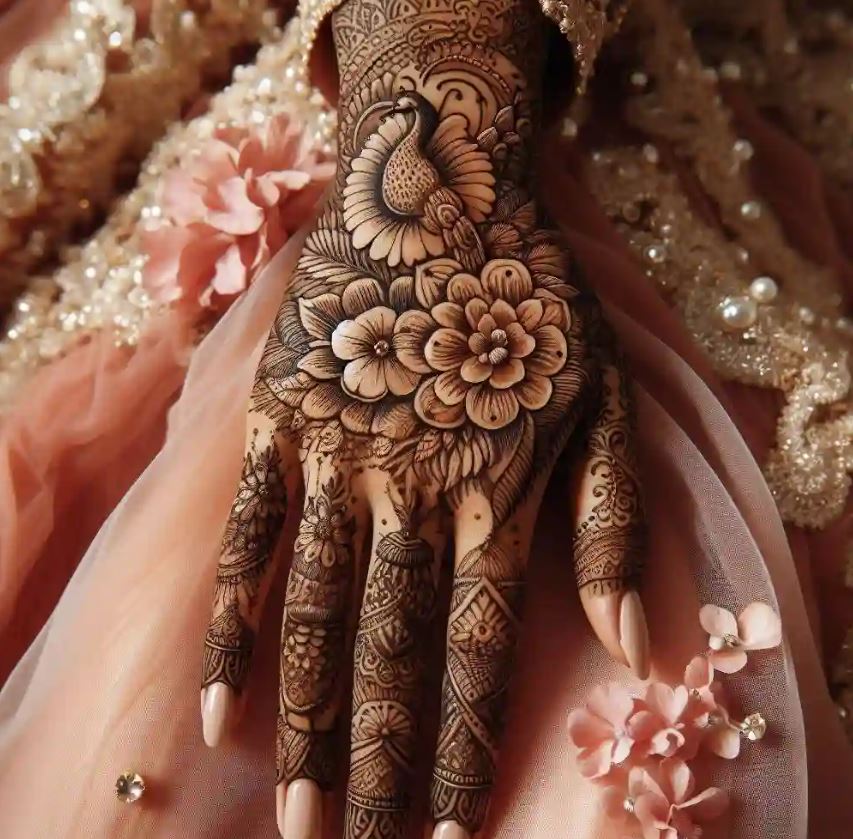

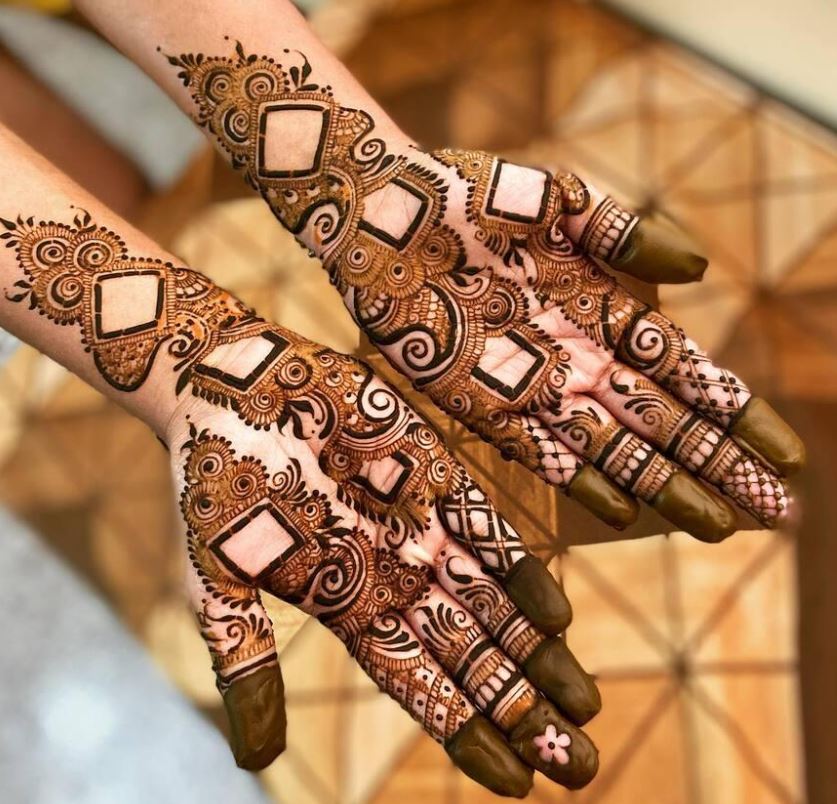
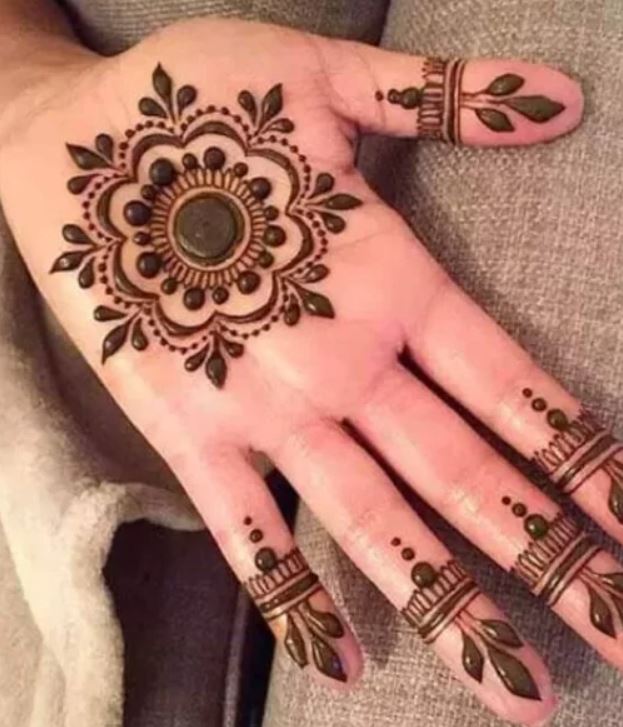

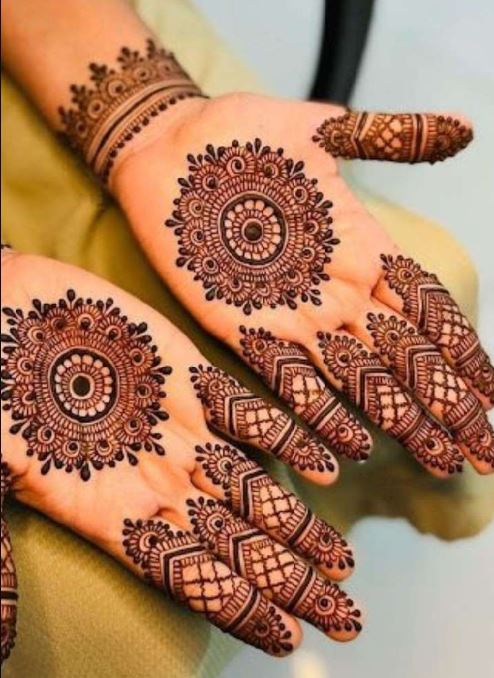
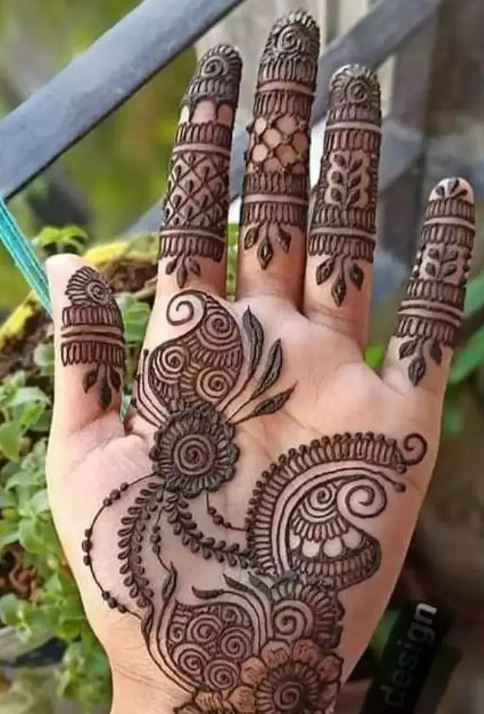
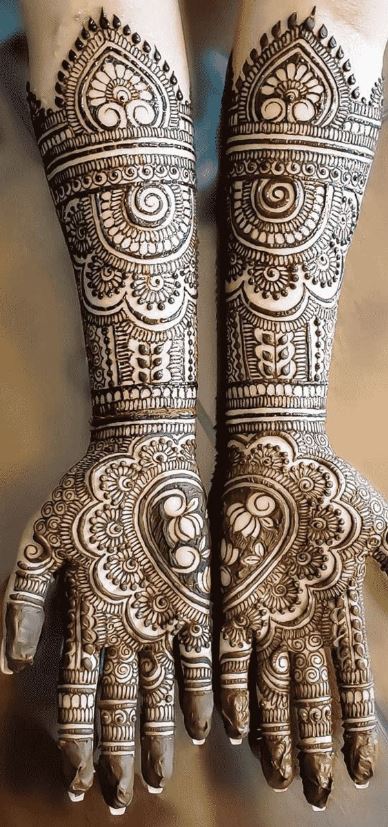
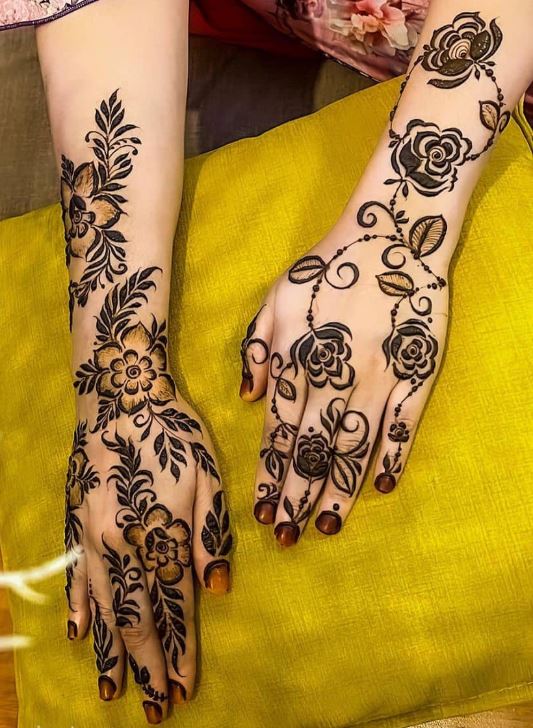
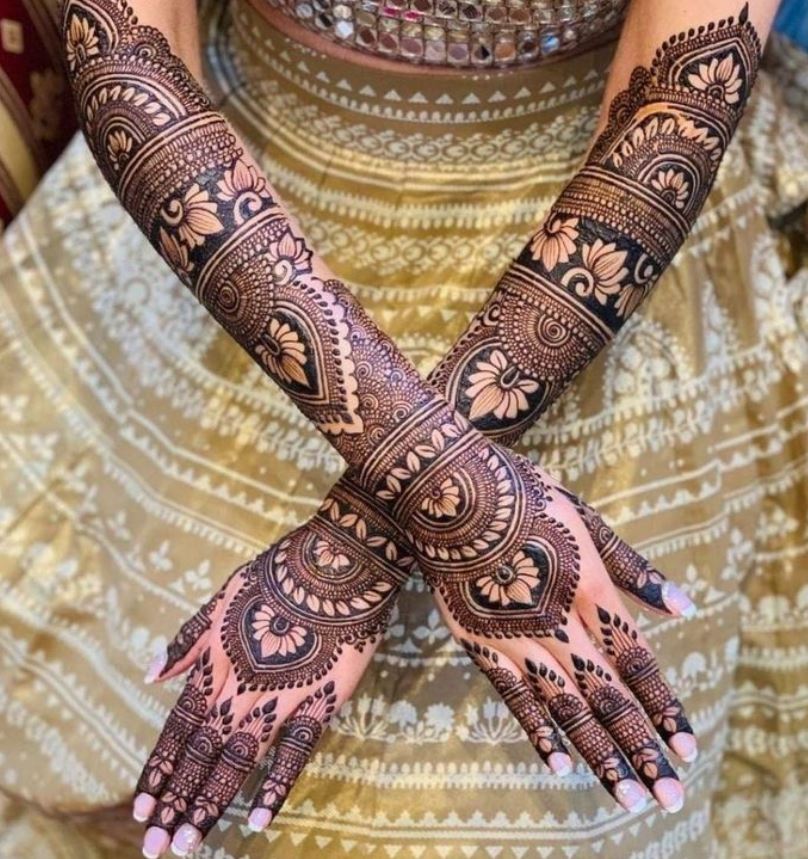
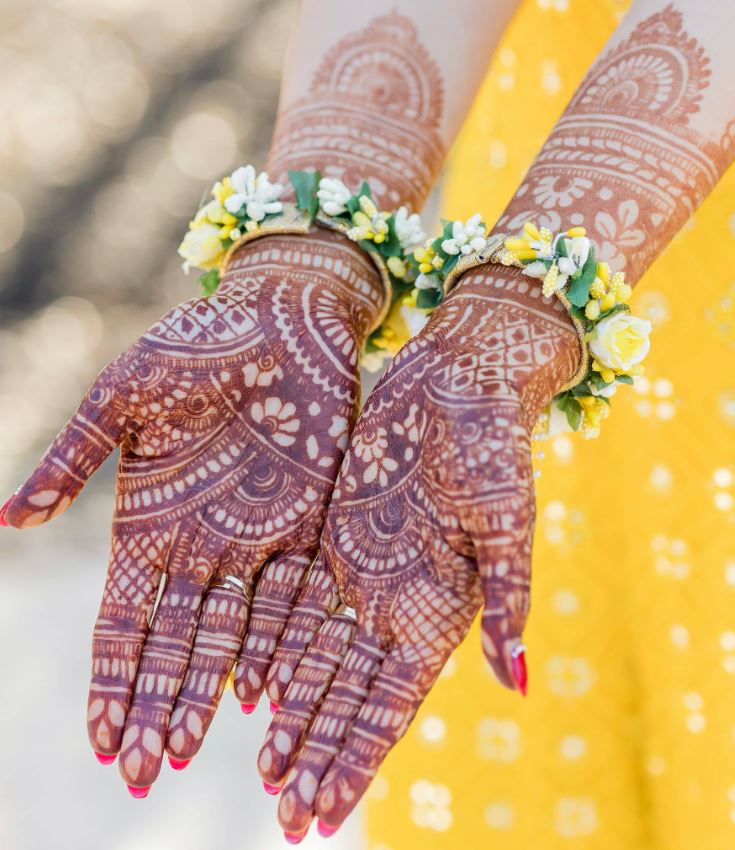

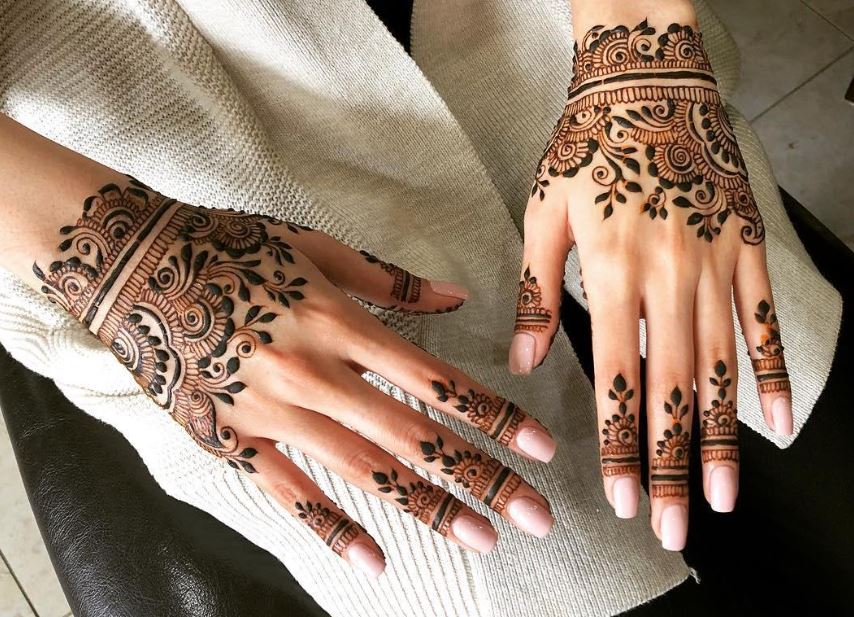
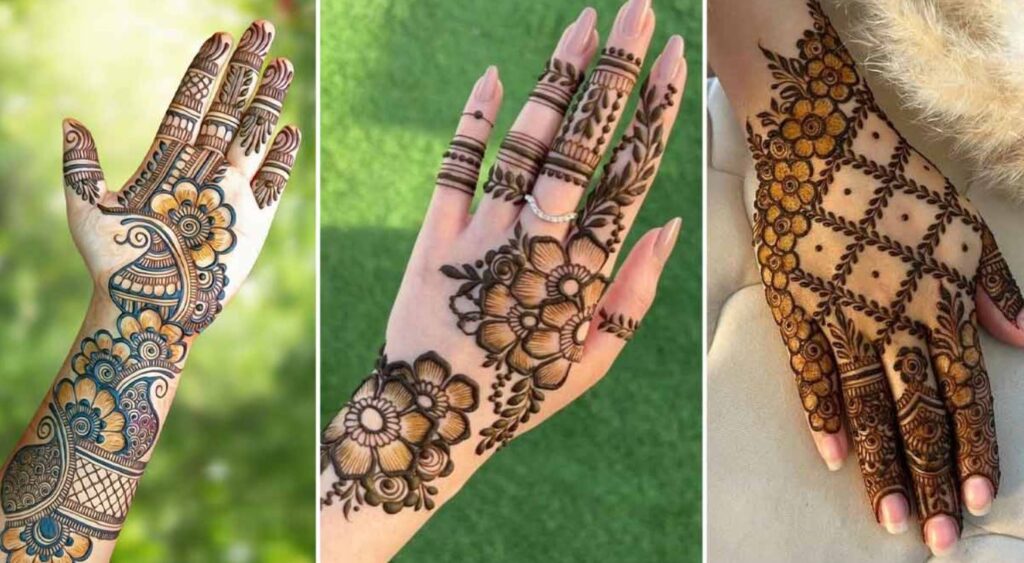


Types of Back Hand Mehndi for Brides
Traditional Bridal Mehndi Design
he style uses detailed patterns which expand across the entire hand to present floral elements and paisleys together with mandala designs.
Features:
- Dense and elaborate designs
- Includes cultural and religious symbols
- The application process consumes numerous hours to create this stunning pattern work.
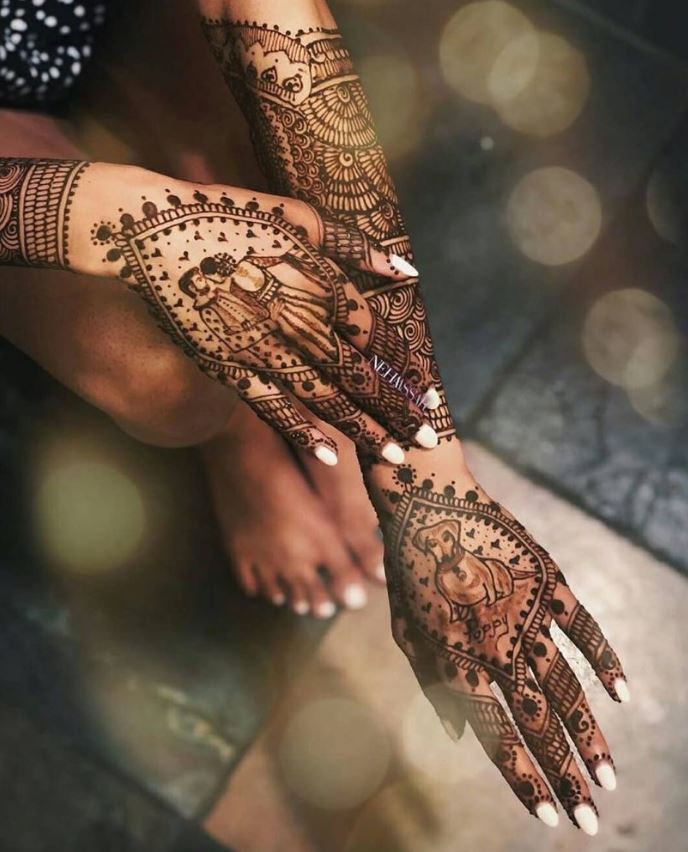
Simple Bridal Mehndi Design
Any bride seeking a minimalist mehndi design will find their ideal match in Mehndi Design Simple.
Features:
- Light floral or leafy patterns
- The current design style incorporates bare spaces to create a contemporary appearance.
- The application and drying process takes up minimal time.
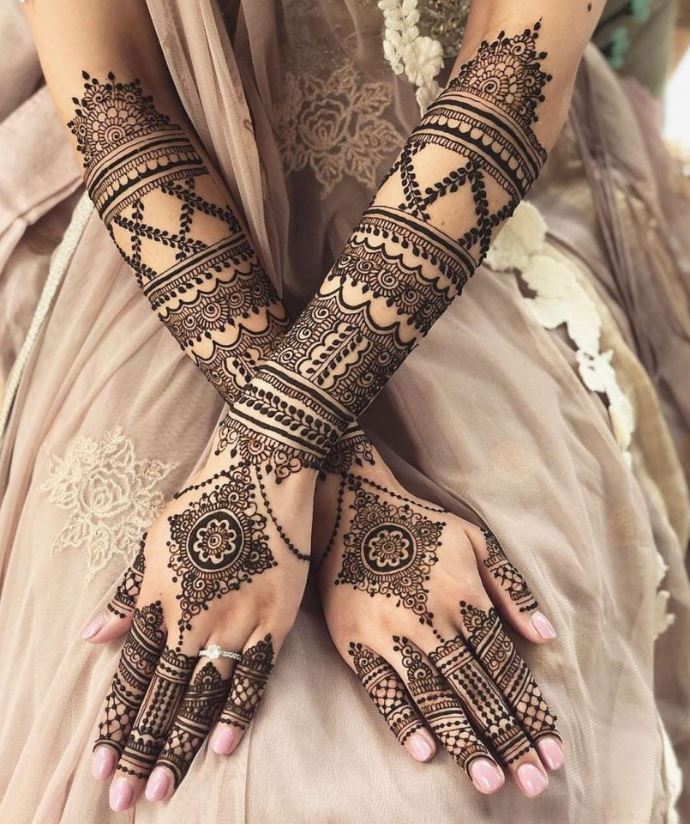
Arabic Mehndi Design
The Middle Eastern origin of this decorative style presents itself through its dramatic floral decorations.
Features:
- Large floral and leafy motifs
- The design includes more unoccupied areas when compared with traditional design styles.
- Ideal for modern brides
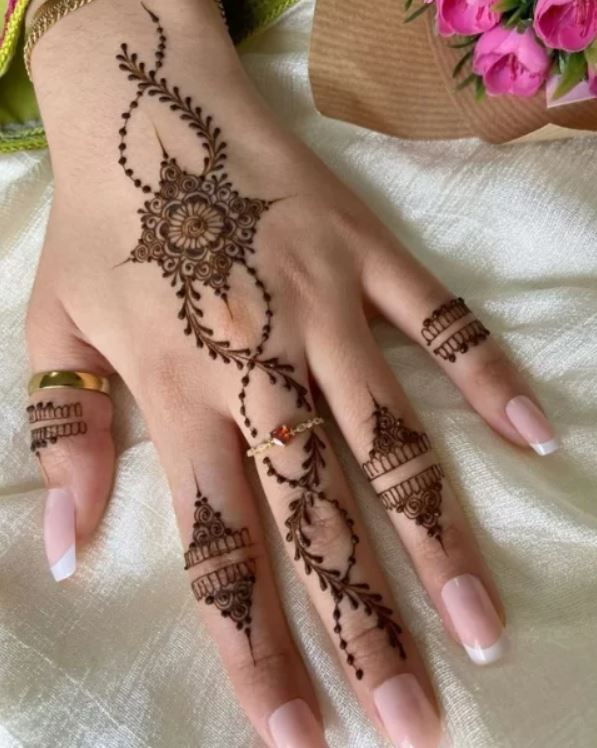
Rajasthani and Marwari Mehndi Design
Wedding decorators use such designs to incorporate cultural symbols including peacocks, drums together with bride-groom figurines.
Features:
- Highly detailed and artistic patterns
- Incorporates Indian cultural elements
- Suitable for traditional weddings
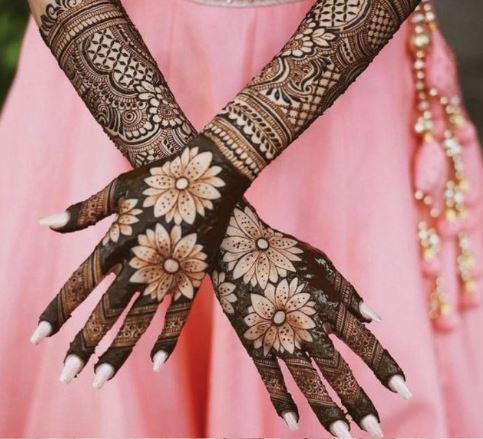
Mandala Mehndi Design
Circle-shaped symmetrical patterns appear in mandalas as symbols which combine meanings of unity and everlasting nature.
Features:
- A detailed complex mandala design stands at the core of this representation.
- Balanced geometric patterns around the hand
- Aesthetic and spiritually appealing

How to Apply Back Hand Mehndi Design
Required Materials:
- Fresh henna paste
- Mehndi cone
- Lemon and sugar mixture
- Cotton balls
- Tissue paper
Steps:
Clean Your Hands: After drying your hands you must wash them completely to remove any products used on the skin.
Choose a Design: The choice of pattern should align with both your wedding outfit design and personal design preferences.
Create an Outline: One should utilize the mehndi cone for drawing out the fundamental design.
Add Details: The design will include floral shapes together with dots and delicate lines.
Let it Dry: Users should allow the tinted mixture to act on the nails for 4-6 hours to reach its full coloring effect.
Apply Lemon and Sugar: The stain becomes brighter when dabbed with a combination of lemon juice and sugar.
Remove Mehndi: The stain becomes brighter when dabbed with a combination of lemon juice and sugar.
How to Choose the Best Back Hand Mehndi Design?
- Consider Your Outfit: Focus on your outfit when selecting the mehndi design since it needs to match your wedding dress.
- Personal Preference: Selection should be based on personal taste because detailed Rajasthani designs work for people who prefer complex patterns but simple designs match those who like understated styles.
- Time and Application Process:
- Detailed Designs The application process of Detailed Designs extends for an extended period..
- Simple Designs The application process for Simple Designs takes minimal time because they provide easy execution options.
Tips to Deepen Mehndi Color
Brides commonly choose intense black mehndi since this dark shade stands for both positive luck and happy marital lives and depicts spouse emotional intensity. The following proven techniques will help you obtain the maximum mehndi color while delivering optimal results.
Use Fresh Mehndi Paste
The quality combined with freshness of mehndi paste directly determines how the final color will appear. Fresh natural henna paste is essential for henna designs because old paste becomes less effective therefore leading to duller color results. Select homemade paste whenever available or inspect the manufacturing dates on purchased cone mehndi to guarantee its recent quality.
Keep It Overnight
Your skin will produce the deepest color when you allow the mehndi paste to remain overnight. Leaving the paste on your skin longer enhances its dye-release process which then produces stronger and darker color stains. The overnight application requires breathable plastic or cloth to cover your hands preventing smudging before removing the paste next morning. This technique delivers the best results.
Apply Lemon and Sugar
The application of lemon mixed with sugar allows you to achieve darker mehndi color effectively. After your mehndi begins to crust over apply the lemon and sugar mixture by using a cotton ball for making it stick. The lemon acid breaks the mehndi dye out of its paste while the sugar keeps the paste from drying too quickly. The proper application of lemon and sugar creates moisture which improves the mehndi’s skin adhesion and results in darker coloring.
Avoid Water for a Few Hours
You need to maintain dry hands for a period of 12 to 24 hours after removing the dried paste from mehndi application. Water applied to a mehndi stain during its initial development period will minimize the final color intensity. The removal of dried mehndi should be done by using either a tissue or the knife blade while waiting for the natural color development process to occur throughout the following twenty-four hours.
Use Mustard Oil After Removal
After you remove the paste from the staining spot you should apply mustard oil to the location. Both darkening of the stain and skin nourishment result from using oil treatment. Heat produced by mustard oil acts to drive mehndi deeper into the skin to produce stronger pigmentations. You can use olive oil or coconut oil instead of mustard oil as an alternative for staining the design.
Keep Hands Warm
Heat serves as a vital factor for intensifying the darkening effect of mehndi stains. When you remove the henna you should maintain hand heat because it stimulates the release of henna pigments. Exposing your hands to steam or warm heat above a heater will make the mehndi color darker. Warmth should be gentle rather than extreme when you want to activate mehndi color development.
Following these instructions will lead you to beautiful dark mehndi coloring which stays strong and matches your bridal ensemble perfectly.
Latest Back Hand Mehndi Trends
Minimalist Geometric Designs
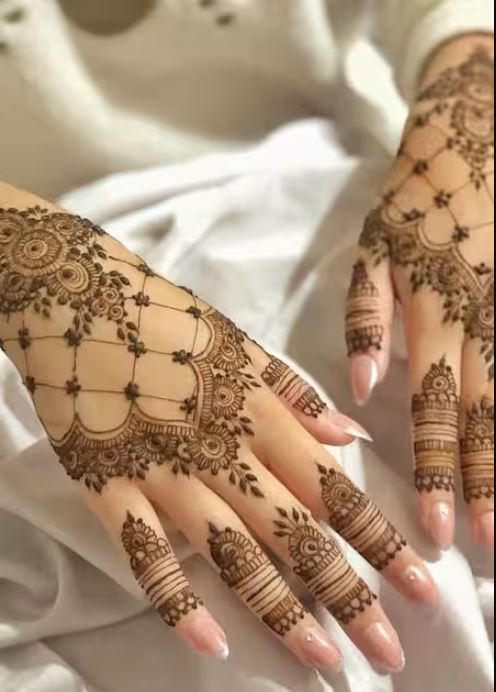
Glitter Mehndi and Jewel Combinations
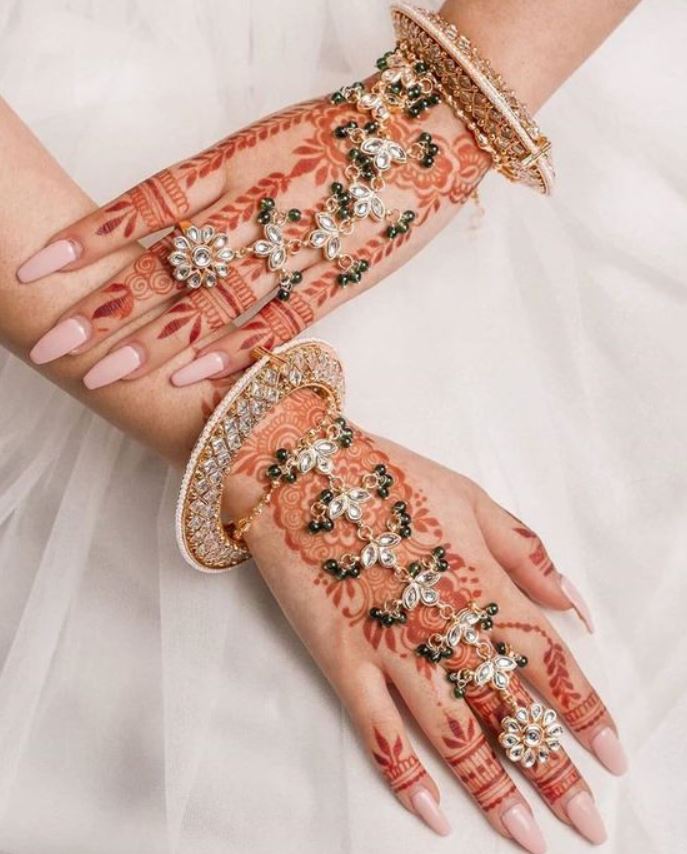
Western-Inspired Lace Patterns

External Resources or More Information
For more insights and inspiration on mehndi designs, check out these high-authority sources:
- Wikipedia – Mehndi
- Bridal Mehndi Design Inspiration
- Henna Art and Its Significance
- Bridal Mehndi Design
Conclusion
The choice of Back Hand Mehndi Design requires balancing between personal style choices and cultural values along with the total time it takes to draw the design. You can select elegant Bridal Mehndi Design or minimalistic Mehndi Design Simple which will enhance your bridal glamour. You should try different styles when working with professional mehndi artists to design a mehndi pattern which matches your wedding theme. The happy occasion of your big day should lead to a magnificent celebration for you!
